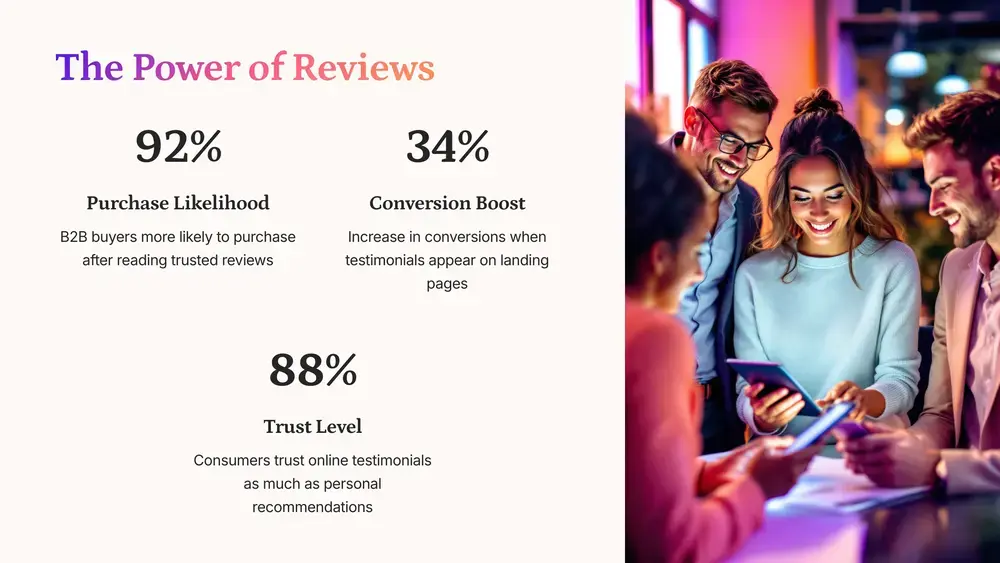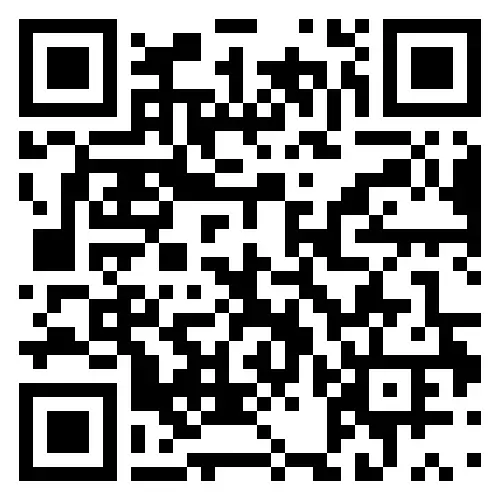Behind Every Bounce is a Human Who Doesn't Trust You

Share this post
We have never met in real life or online, but since you are reading these words, this means you have allowed me to steal a few seconds from your time. In less than 8 seconds you'll make a decision: continue reading this text, or not. The beauty of the internet and analytics tools is that I can now see whether I failed to convince you to stay or succeeded.
And it's okay to leave: yes, feel free to just pass, thanks for your time, it was good to see you. You are leaving because we haven't been able to connect. "You don't get a second chance to make a first impression," says James Uleman, PhD, a psychology professor at New York University and researcher on impression management. This gets even higher importance in the online sphere: this is where you have the space and tools at hand to make a real impact on your professional success.
The Trust Deficit Problem
Why is this important? Because behind every IP address arriving on the web page you have put up, is a human. They have found you, just as you have found this article and decided to listen to the person writing these words. Late last night I was reading Nir Eyal's book and it struck me so hard that I couldn't fall asleep - that's how much it affected me with his simple words, putting his finger on my wounds.
Now the same goes for you, my dear reader: we all have wounds while holding the cursor and clicking on links - previous disappointments, wasted budgets, vanishing partners, generic templates instead of personalized strategies that solve the actual problems we are facing. And the list continues.

Inside the Prospect's Mind
What hit me while reading his book is the way he connected with me. I haven't seen him before on video, so I couldn't associate a face, gestures, or emotions to him, but the wording was so strong that it kept me glued to my screen, drinking in his words, just like Simon Sinek's content, which I also respect. So what's the catch? Nothing: these people just entered my mind and gained my trust immediately because they knew how to address the specific problems business leaders struggle with.
Going back to Nir Eyal's book: just like everyone else, he also makes promises like you do with your website pages, so I had the same question as you: "Can you actually deliver what you promise? Are you worth the risk to my reputation?" You know, if I make a decision in a business, I have to show why I made it.
When prospects land on your website, these questions are screaming in their heads:
- "Do you understand my specific problem?"
- "Can you actually deliver what you promise?"
- "What happens if this goes wrong?"
- "Are you worth the risk to my reputation?"
Behind these logical questions lie deeper emotional layers: fear of making the wrong choice, past disappointments with vendors, pressure to show ROI to stakeholders, and personal reputation at stake.
The Hidden Conversation in Every Click
What most businesses miss is that there's an invisible conversation happening between the moment someone lands on your page and when they decide to stay or leave. It's not just about your value proposition or how polished your website looks. It's about answering the questions that are screaming in their head but they'll never voice out loud.
Think about it: when you're browsing a vendor's website at 11 PM, trying to solve a problem that's been keeping you up at night, you're not just evaluating their service. You're evaluating whether this person understands what it feels like to be in your shoes. Whether they've walked the same path you're walking now.

The truth is that most websites feel like they were written by someone who's never actually experienced the pain they claim to solve. They're full of generic promises and corporate speak that makes prospects feel like just another number in a funnel. But when someone truly gets it - when they speak directly to that knot in your stomach - that's when the magic happens.
That's when trust begins.
The Four Pillars of Digital Trust
After conducting dozens of audits I've noticed that trust isn't built through grand gestures or expensive certifications. It's built through four simple pillars that address the core human need for safety in uncertainty.
The Credibility Pillar: This isn't about showing off awards (though they help). It's about demonstrating that you've actually done what you claim you can do. Real client names, specific results, actual problems you've solved. When someone sees a case study that mirrors their exact situation, they think: "Finally, someone who gets it."
The Relatability Pillar: This is where most B2B companies fail spectacularly. They sound like robots talking to other robots. But behind every business decision is a human being who's worried about their job, their reputation, their boss's reaction. When you acknowledge these human concerns, you're not just another vendor - you become someone who understands.
The Safety Pillar: People need to know what happens if things go wrong. Not because they expect failure, but because acknowledging risk shows you're thinking about their wellbeing, not just your commission.
The Transparency Pillar: No hidden fees, no bait-and-switch tactics, no "call for pricing" when a simple number would do. Transparency is the opposite of sleazy sales tactics, and people can smell authenticity from miles away.
The Implementation Reality
Here's what I've learned after dozens of audits: you don't need a complete website overhaul to start building trust. You need to start having honest conversations with your actual customers about why they chose you over your competitors.
Call three clients this week. Ask them: "What was going through your mind right before you decided to work with us? What almost made you choose someone else? What finally convinced you we were the right choice?"
Their answers will give you the exact words you need on your website. Not corporate buzzwords or marketing speak, but the real human language that addresses real human concerns.
Because here's the thing about trust: it's not something you can manufacture or fake. It comes from genuinely understanding and addressing the fears, hopes, and pressures that keep your prospects up at night.
Beyond the Statistics
Yes, the data is compelling - 92% of B2B buyers are more likely to purchase after reading trusted reviews, testimonials on landing pages create a 34% conversion boost, and 67% of users abandon forms when encountering complications. But behind every percentage is a human being making a decision that affects their career, their team, their company's future.
The question isn't whether you have trust signals on your website. The question is whether those signals speak to the real person behind the screen - the one who's been burned before, who's under pressure to make the right choice, who's looking for someone who truly understands their world.
That's where real conversion happens. In that moment of recognition, of feeling understood, of knowing you're not alone in this challenge.
Trust isn't just good business. It's good humanity.



